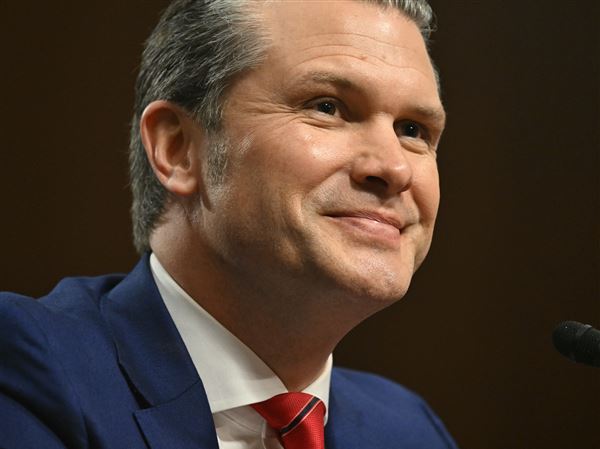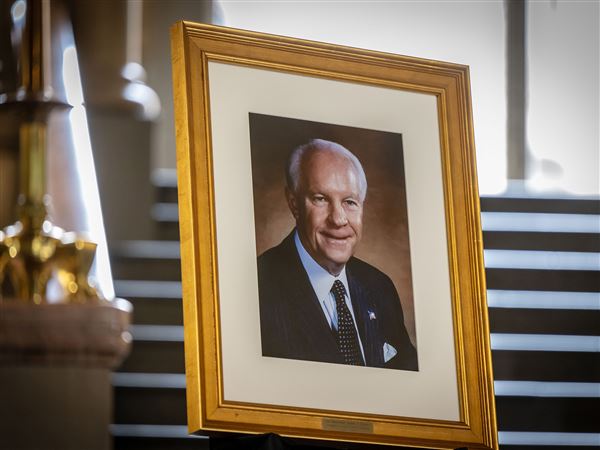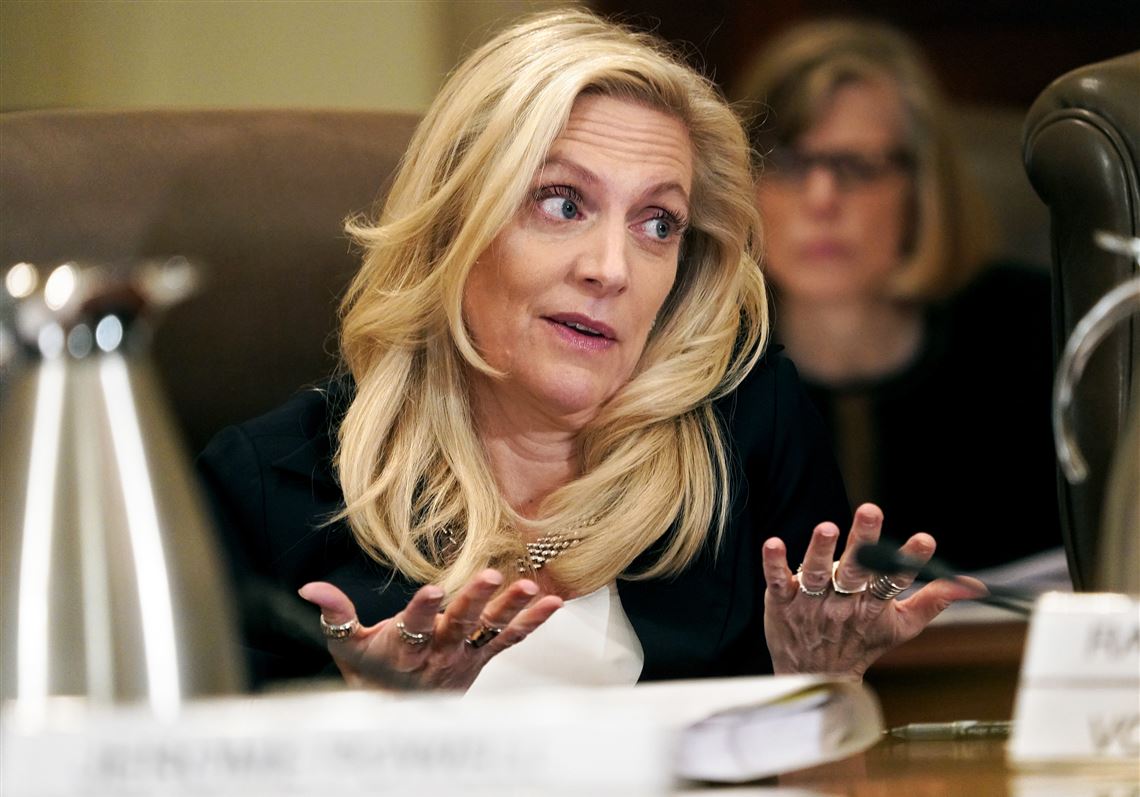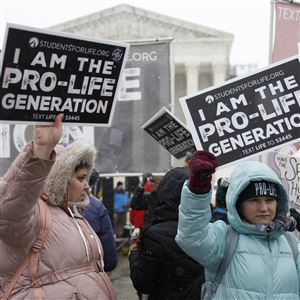Pay attention to the financial markets.
If the Great Recession and 2008-09 financial crisis taught us anything, that was it. Until then, the Federal Reserve had focused mainly on fighting inflation and unemployment. What we learned is that overborrowing, shaky mortgages and inflated stock and home prices could also plunge the economy into crisis.
Predictably, then, economists and business executives are now watching the financial markets closely. The wild swings in stock prices are one worry. What else is the Fed finding? Here’s a rundown from the Fed’s new “Financial Stability Report” and a recent speech by Fed Gov. Lael Brainard at the Peterson Institute, a think tank.
(1) Consumer borrowing: This is the brightest spot on the financial landscape. American households have substantially reduced growth of their debt, especially home mortgage debt, which represents two-thirds of all consumer debt ($10.2 trillion of $15.3 trillion). Before the financial crisis, consumer debt was growing faster than economic activity (gross domestic product, or GDP); now it’s growing slower. In addition, according to Ms. Brainard, “recent borrowing has been concentrated among households with strong credit [records].”
(2) Business borrowing: The picture here is mixed. Increasingly, loans and bonds are funneling credit to weak borrowers. Of the $14.8 trillion in total business borrowing, $2 trillion is classified either as “junk bonds” or “collateralized loan obligations” (CLOs) — risky credits that might default. Another $2.25 trillion is judged by rating agencies to be the lowest category of “investment grade” — bonds that are supposedly safer. Still, there are offsetting factors: Low interest rates, the Fed notes, have reduced the carrying cost of debt to historically low levels.
(3) Borrowing by banks and other financial institutions: Most make money by borrowing short-term at low interest rates and lending long-term at higher rates. The question is whether they’re making smart loans — loans that won’t default — and do they have adequate capital to absorb any losses. On both scores, the Fed is relatively optimistic. It judges that “the credit quality of bank loans appears strong” (though it worries about CLOs) and says that the level of capital, in relation to banks’ loans and investments, is about twice its 2009 level.
Countless private economists have commented on the rise of corporate debt levels. Among the latest is Janet Yellen, the former Federal Reserve chair. “If there’s something else that causes a downturn, [the] high levels of corporate leverage [borrowing] could prolong the downturn and lead to lots of bankruptcies,” she said.
When Fed decision-makers meet later this month to discuss interest rates, they will face a dilemma: If they leave rates low, this would encourage further risky lending; but if they raise rates, they might trigger a new economic slump.
In her speech, Ms. Brainard outlined the potential vulnerabilities. “The economics are straightforward,” she said. “Over-indebted businesses may face payment strains when earnings [profits] fall unexpectedly, and they [firms] may respond by pulling back on employment and investment. ... Business losses accumulate, and delinquencies and defaults rise, reducing the willingness or ability of banks to lend. This dynamic feeds on itself.”
That’s not a prediction, but it is a possibility.
Robert J. Samuelson is a syndicated columnist for The Washington Post.
First Published: December 22, 2018, 11:00 a.m.
















